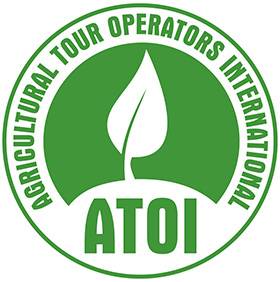Korea, South
South Korea occupies the southern half of the Korean Peninsula in eastern Asia. It is bordered by North Korea to the north, the Sea of Japan / East Sea to the south and to the east, and the Yellow Sea to the west. The population of South Korea is estimated at 50 million people. Arable agricultural land is limited in South Korea. It accounts for 21 percent of the total land (20.7 million hectares). Since the 1950s, South Korea has a well-developed and highly productive agricultural sector, thanks to several factors: government financial assistance, mechanization, and extensive use of fertilizers. To encourage growth and make the country self-sufficient in its major food item, rice, the government has prohibited rice imports under normal circumstances. It has also paid farmers higher than the world price for their rice while subsidizing consumers to make rice affordable for all. As a result, South Korea is now self-sufficient in rice production and the production of many kinds of fruit and vegetables. Annual rice production is approximately 6 million metric tons, which is a large increase during the last decade. South Korea also produces significant amounts of other major items such as barley and wheat, but it is not self-sufficient in grains. With its ancient historical sites, many Buddhist temples, various opportunities for summer and winter sports, and natural beauty, South Korea has become an important tourist attraction. Government support and private investments have helped the tourist industry grow impressively in the 1990s.
Gwanghwamun, Officia #1110, Saemunan-ro 92, Jongno-gu, Seoul. Korea

